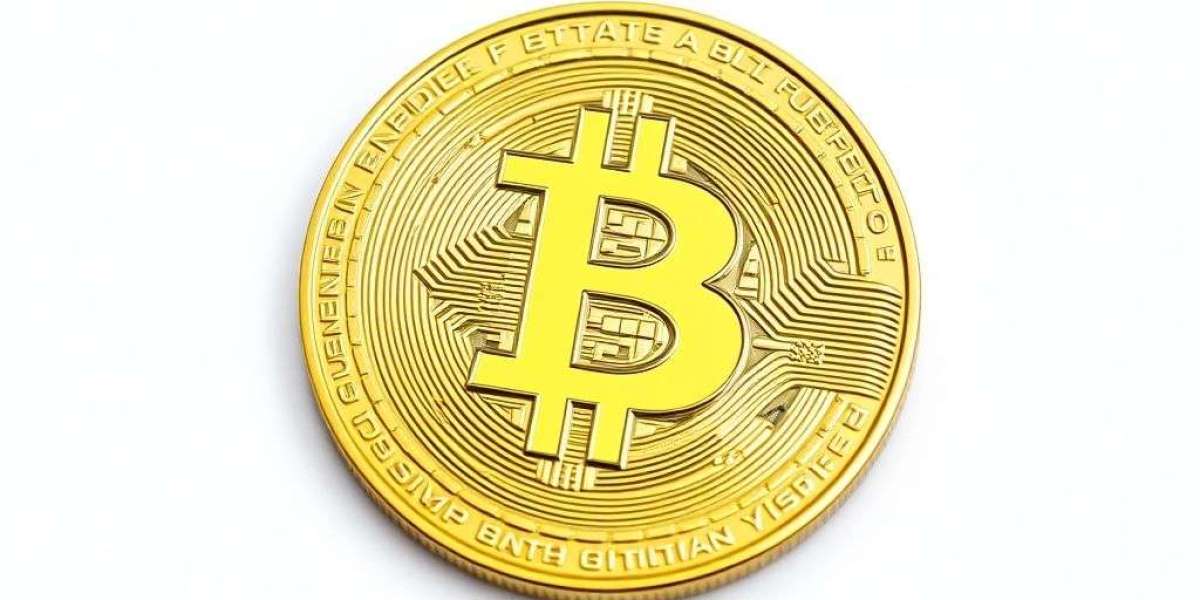Crypto wallets have come a long way since the early days of Bitcoin. Initially created as simple storage solutions for digital currencies, wallets have evolved into multifunctional tools at the heart of the decentralized finance (DeFi) revolution. Today, a crypto DeFi wallet is not just where you keep your assets—it’s your gateway to a global, permissionless financial system.
In this article, we’ll trace the evolution of crypto wallets, explore the key features that define the best decentralized crypto wallet, and understand why modern wallets are essential tools in the Web3 era.
The Early Days: Crypto Wallets as Digital Vaults
When Bitcoin was introduced in 2009, wallets served a single purpose: storing and sending BTC. These wallets were primarily desktop-based and required users to manually back up their private keys or seed phrases. There was no user-friendly interface, no mobile apps, and certainly no DeFi.
Security was rudimentary, and usability was limited to tech-savvy early adopters. As the crypto ecosystem began to expand, wallets slowly evolved to support multiple cryptocurrencies and became more accessible to a broader audience.
The Rise of Mobile Wallets and Multi-Coin Support
The next major evolution came with the rise of mobile crypto wallets. Mobile apps like Trust Wallet and MetaMask brought digital asset management to smartphones, allowing users to carry their crypto wherever they went.
At the same time, multi-coin wallets emerged, enabling users to store various tokens—Bitcoin, Ethereum, Litecoin, and more—in a single interface. This shift laid the foundation for what would become the next transformation in crypto wallet functionality: integration with decentralized applications (dApps).
DeFi Changes Everything
The launch of Ethereum and the rise of smart contracts marked the beginning of the decentralized finance movement. DeFi protocols allowed users to lend, borrow, trade, and earn yield—all without a centralized intermediary.
Suddenly, wallets needed to do more than just hold assets. A new class of wallets emerged—crypto DeFi wallets—designed to interact directly with DeFi platforms like Uniswap, Aave, Compound, and Curve. These wallets became the keys to entire financial ecosystems, offering users the ability to:
Connect to dApps and Web3 platforms
Swap tokens across multiple chains
Provide liquidity and earn yield
Participate in governance protocols
The Modern Wallet: Your DeFi Control Center
Today’s wallets are no longer just secure storage—they’re powerful dashboards for managing a full suite of decentralized services. A modern crypto DeFi wallet offers features such as:
Cross-chain swaps: Seamlessly exchange tokens across multiple blockchains.
dApp browsers: Connect and interact with thousands of decentralized applications.
Staking and yield farming: Earn passive income by participating in DeFi protocols.
NFT storage and viewing: Safely store and display digital collectibles.
Private key ownership: True self-custody with no reliance on centralized entities.
One standout example is Plus Wallet, a multi-chain, self-custodial solution offering cross-chain swaps, USDT rewards, and support for top blockchains like Ethereum, BNB, Solana, Arbitrum, and more. With swap-to-earn and refer-to-earn programs, it brings financial empowerment into the hands of everyday users—positioning itself as one of the best decentralized crypto wallets available today.
Why Self-Custody Still Matters
As powerful as modern wallets are, they remain grounded in the core principle of crypto: ownership. When you use a centralized exchange, your assets are technically in their custody. With a self-custodial wallet, you hold the private keys—and therefore the control.
This distinction became painfully clear during events like the FTX collapse, where users lost access to billions in assets due to centralized mismanagement. A crypto DeFi wallet eliminates that risk by giving users direct access to their funds at all times.
What to Look for in the Best Decentralized Crypto Wallet
As you explore your options, consider the following features to find the best decentralized crypto wallet for your needs:
1. Security & Self-Custody
Make sure the wallet gives you full control of your private keys and offers biometric or PIN protection.
2. Multi-Chain Support
The best wallets support Ethereum, BNB Chain, Solana, Polygon, Arbitrum, Avalanche, and others, ensuring flexibility in DeFi usage.
3. Ease of Use
A clean, intuitive interface is essential—especially for beginners entering the DeFi space.
4. Built-In Rewards
Look for wallets that reward activity. Plus Wallet’s swap-to-earn and refer-to-earn features are great examples of how DeFi wallets are incentivizing user participation.
5. Cross-Chain Capabilities
True DeFi power comes from being able to move and swap assets across chains with minimal friction.
Final Thoughts
Crypto wallets have evolved from basic storage tools into dynamic platforms powering the next generation of decentralized finance. Whether you're swapping tokens, staking assets, exploring NFTs, or earning rewards, a modern crypto DeFi wallet is your all-in-one control center for the Web3 economy.
As the ecosystem continues to grow, having the best decentralized crypto wallet at your fingertips will be key to unlocking the full potential of DeFi. Choose wisely, stay secure, and embrace the financial freedom that comes with self-custody in the decentralized era.



